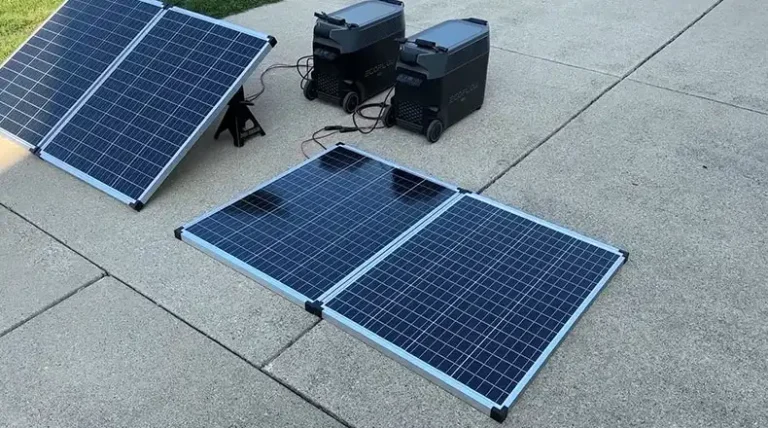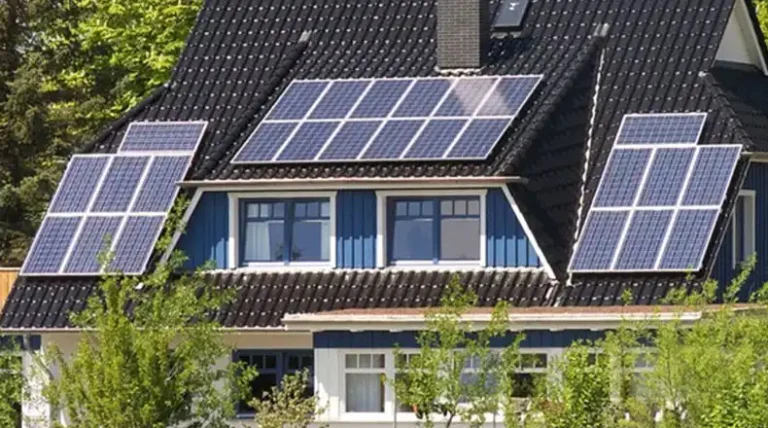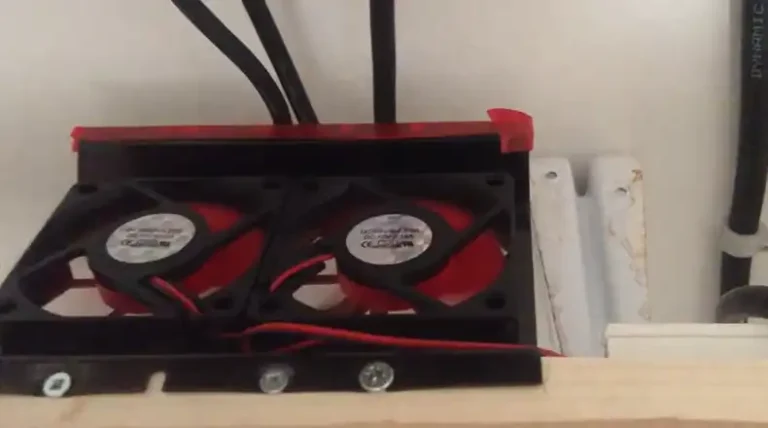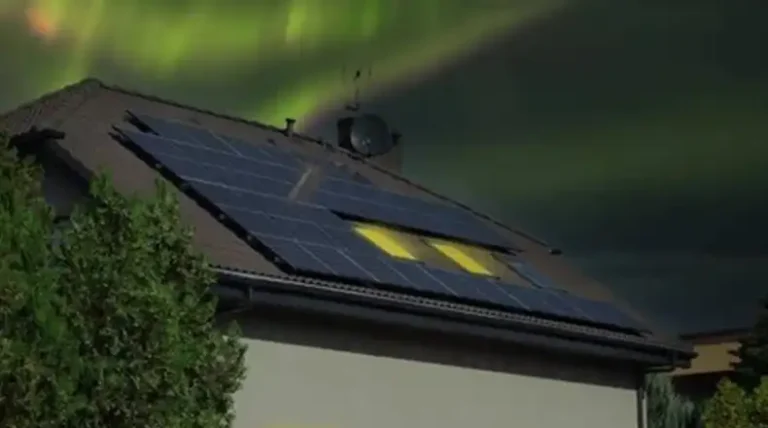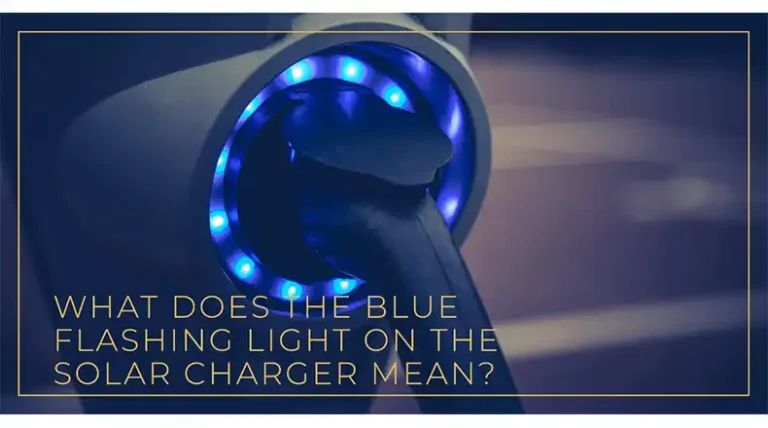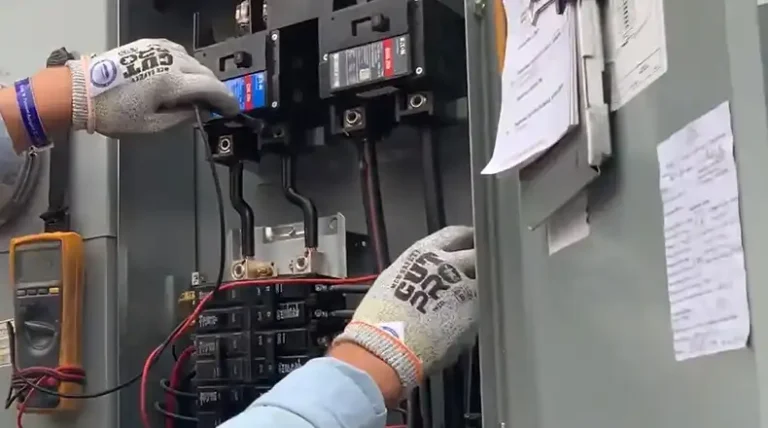Can the Solar Plant be Synchronized with Grid Power and DG Power?
The world is rapidly transitioning to renewable energy sources like solar power to meet growing electricity demands sustainably. Integrating and synchronizing solar generation with conventional power systems can maximize reliability and efficiency. So, can you do it?
Yes, a solar power plant can be synchronized with both grid power and a diesel generator (DG) power source. This is known as a hybrid power system, and it involves integrating multiple sources of energy to provide a more reliable and flexible power supply.
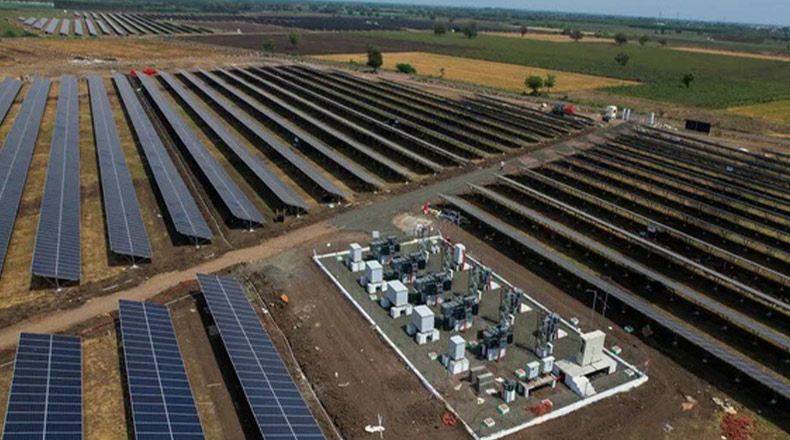
What is Power System Synchronization?
Synchronization refers to the process of matching parameters like frequency, voltage, and phase between two or more power sources before interconnecting them. This is essential for ensuring efficient, stable, and safe operation of the integrated power system. Lack of proper synchronization can lead to issues like damage to equipment, power quality disturbances, and blackouts.

With renewable energy now accounting for a sizeable portion of generation in many countries, synchronizing intermittent sources like solar PV with more controllable forms of generation has become increasingly important but also challenging. This requires real-time coordination through advanced automation, controls, and communication technology.
How are Solar Plants Integrated with the Grid?
Solar power plants can be broadly classified into on-grid and off-grid systems. On-grid or grid-connected plants feed solar power directly into the utility grid. They require appropriate equipment like bi-directional inverters, energy meters, and control systems to synchronize with grid voltage and frequency. This allows power export when solar generation exceeds local demand and vice versa.
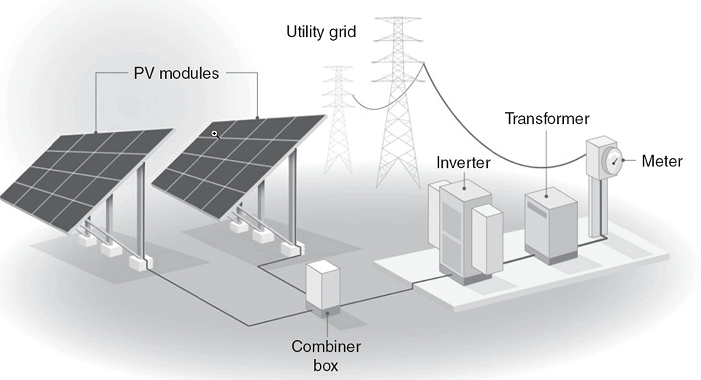
For smoothing the variable solar output, solutions include combining solar with storage, forecasting generation, and loading, shifting flexible demand, and using smart inverters with grid support functions. Standards like IEEE 1547 in the US specify the technical requirements for safely interconnecting solar and other DERs with the electricity grid.
Off-grid plants are designed to operate independently, in isolation from the main grid. These are more common in remote areas without grid access. Off-grid systems may integrate solar with other generation like diesel gensets to meet local loads.
What Role Does DG Play in Power Systems?
Distributed or decentralized power generation refers to small-scale power units like diesel generators (DGs) located close to where the electricity is used. DG provides a range of benefits:
- Backup power during grid outages
- Off-grid power in remote areas
- Peak load shaving to reduce stress on the grid
- Increased energy access and resilience
DGs typically operate in base load, peak load or standby modes depending on the system design. Synchronizing DG with solar raises technical considerations like matching voltages, load sharing, and protection coordination. Hybrid solar-DG controllers automate the starting/stopping of gensets based on solar availability and load demand.
What are the Synchronization Configurations?
Some common solar-grid-DG synchronization configurations are:
Solar-Grid: Grid-connected solar works through net metering or feed-in-tariffs. Any surplus solar generation fed into the grid synchronizes with grid voltage and frequency.
Solar-DG: DG sets like diesel gensets are synchronized to switch on when solar cannot meet load demand. This is typical in off-grid solar mini-grids.
Solar-Grid-DG: A hybrid configuration that combines all three generation sources – solar, grid, and DG. This maximizes reliability by synchronizing and automatically switching between sources to match loads.
The key is flexibly transitioning between different power sources while maintaining synchronization parameters for an uninterrupted, quality power supply.
What Equipment Do You Need for Successful Synchronization?
Specialized equipment like synchronizing switchgear, programmable controllers, and advanced inverters enable automated synchronization and switching:
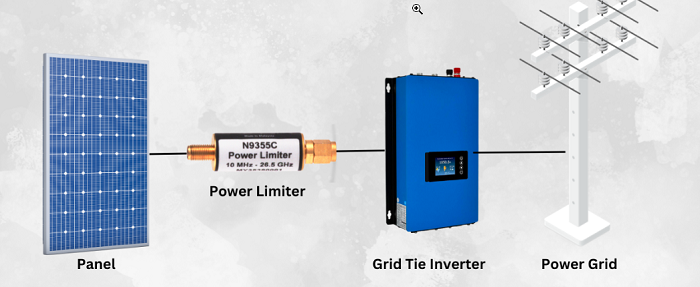
- Grid-tie inverters convert DC solar power into AC and synchronize it with grid voltage and frequency.
- Smart inverters have additional features like volt/VAR control, low/high voltage ride-through, ramp control etc. to support grid stability.
- Hybrid controllers continuously monitor loads and source parameters. They dynamically control DG and solar systems to sustain synchronization.
- Automated switchgear seamlessly transfers loads between grid, DG and solar sources when pre-programmed conditions are met.
Robust communication infrastructure is vital for coordination between equipment. Standards like IEC 61850 address the communication requirements for smart power systems.
How to Design and Size a Synchronized System?
Properly designing and sizing the solar, grid and DG components is crucial for an optimally performing synchronized hybrid power system. Follow these key steps:
Step 1) Detailed load analysis:
Gather electricity consumption data for all loads in the facility across seasons and times. Categorize base loads for lighting, cooling, equipment, etc., and periodic loads. Profile the daily, monthly, and seasonal demand patterns. Factor in expected load growth over the system lifetime. This load data determines the solar array and DG sizing needed.
Step 2) Size the solar PV array:
Determine the total solar generation capacity needed based on the load analysis. Consider available installation space, shading, local solar insolation levels, and other site factors. Account for initial sizing overcapacity to compensate for panel degradation over time. Refer to regulations on grid power export limits for any additional capacity.
Step 3) Size the battery bank:
Calculate the battery storage capacity needed to smooth solar intermittency and provide backup power. Model the load profile, solar generation forecast, and required backup duration. Select suitable battery technology, voltages, depth of discharge, and sizing margins.
Step 4) Size the DG sets:
Determine the peak load demand that must be met by DG in case of solar shortfall. Choose DG set models with suitable rated capacity, startup time, efficiency, and redundancy. Right-size fuel storage tanks and reserve capacity as per backup duration needs.
Step 5) Model the system:
Simulate the sized solar, storage, and DG systems with load profiles using modeling software. Verify it meets the electrical demand, reliability, and sustainability targets. Iterate component sizing if the performance goals are not fully met.
What are the Pros and Cons of Solar and DG/Grid Synchronization?
Here is a pros and cons table for setting up a synchronized solar-grid-DG power system:
| Pros | Cons |
| Improved reliability and energy security | Higher initial capital investment |
| Optimized asset utilization and efficiency | Design and operational complexity |
| Cost savings from reduced grid power and fuel usage | Space required for solar arrays and DG units |
| Increased renewable energy utilization and lower emissions | Skilled personnel needed for installation and O&M |
| Revenue potential from grid power export | Utility approvals and regulations for grid interconnection |
| Uninterrupted power supply during grid outages | Technical prerequisites like site surveys and load studies |
| Peak load management by shaving demand | Contingency planning for grid failures or fuel shortage |
| Modular and scalable capacity expansion | Single point of failure if controller malfunctions |
Questions and Answers
What are the key parameters that need synchronization?
The main parameters that require synchronization are voltage, frequency, and phase alignment between the power sources before interconnecting them.
Does solar power always need an inverter for grid connection?
Yes, solar PV energy is DC power so an inverter is essential to convert it to AC power consistent with grid voltage and frequency before synchronizing.
How can diesel generators be automatically synchronized with solar?
Hybrid controller systems continuously monitor solar output and load demand to start and synchronize DG sets to fill power gaps that solar is unable to meet.
What happens if synchronization fails between sources?
Lack of synchronization can damage equipment like generators and cause power quality issues like voltage fluctuations, frequency deviations and even blackouts in severe cases.
How does a hybrid controller coordinate solar, DG and grid power?
It monitors parameters from all sources and loads. Based on preset conditions, it automatically ramps sources up/down, switches loads, and maintains synchronization between them.
Is there a way I can use solar power and grid power simultaneously?
Yes, solar panels and diesel generators can operate simultaneously in a hybrid configuration with appropriate controls for voltage, frequency, and phase synchronization.

